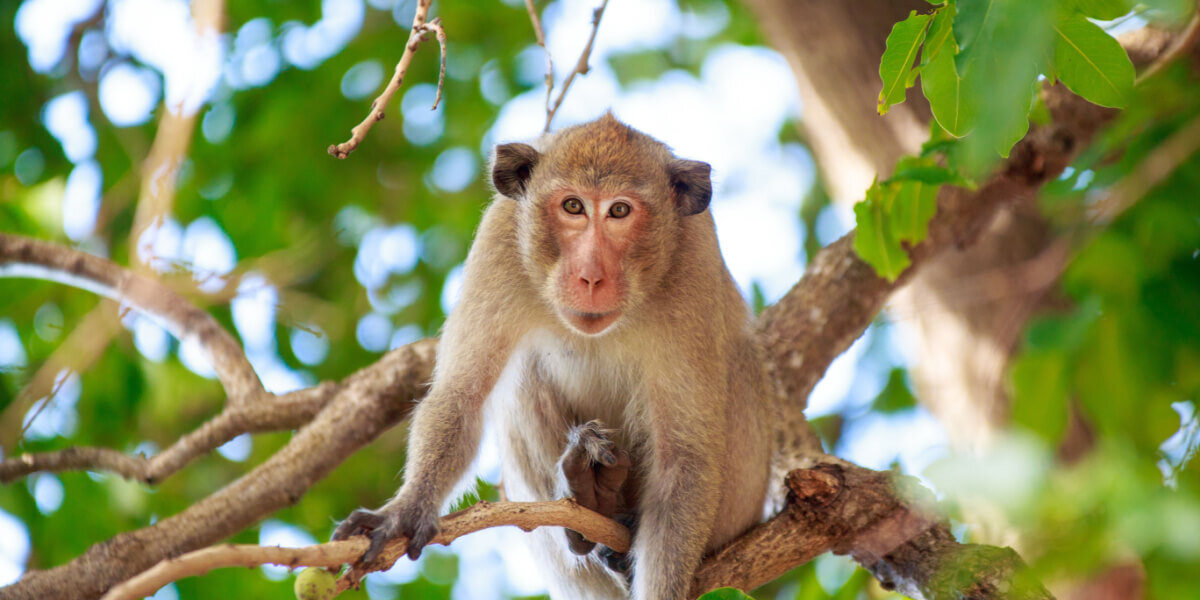Monkeys are intelligent and adaptable creatures that can often become a nuisance in human-populated areas, causing damage to crops, homes, and gardens. Traditional methods of monkey deterrence, such as scarecrows or physical barriers, may not always be effective. To address this issue, modern technology has come to the rescue with advanced monkey repellent devices that harness the power of sound to deter these mischievous primates. In this article, we will explore the key features of the best monkey repellent devices that utilize sound as a deterrent while ensuring minimal disturbance to humans.
Understanding the Challenge
One of the primary challenges when developing a monkey repellent device is that monkeys and humans share a similar hearing frequency, typically around 20 kHz for sonic sounds. This similarity makes it essential to design a system that can deter monkeys without causing discomfort or disturbance to humans, who are often present in the same areas.
Key Features for Optimal Effectiveness
Variable Sound Generation: The best monkey repellent devices incorporate a range of sonic frequencies and patterns to create an unpredictable soundscape. This variability is crucial in preventing the monkeys from adapting to a consistent noise and finding ways to ignore it. By changing the sound frequencies and patterns at irregular intervals, the device keeps the monkeys on their toes and prevents them from becoming acclimatized.
Ultrasonic Technology: Ultrasonic sound waves are inaudible to most humans but fall within the hearing range of monkeys. A quality monkey repellent device should produce ultrasonic sounds at varying frequencies to make it challenging for the monkeys to identify and ignore the source of the noise. This technology ensures that humans are not disturbed while effectively deterring the monkeys.
Intelligent Ultra Sound Patterns: Monkeys are known for their intelligence and ability to communicate within their groups. The best repellent devices use sound patterns that mimic natural threats, such as predator calls or distressed monkey vocalizations. These patterns can confuse the monkeys and trigger fear responses, causing them to avoid the area.
Randomization: Monkey repellent devices should incorporate a degree of randomness in their sound emissions. This unpredictability further disorients the monkeys and makes it harder for them to decipher a pattern or adapt to the noise. Randomized sound sequences discourage habituation and ensure that the device remains effective over time.
Adjustable Settings: Flexibility in adjusting the volume and frequency of the repellent device is crucial to cater to different monkey species and environmental conditions. Some devices offer remote control options, allowing users to fine-tune the settings based on their specific needs.
We can conclude
Monkey repellent devices that leverage sound technology to deter these intelligent creatures have become an essential tool for protecting crops, homes, and public spaces. To be effective, these devices must strike a balance between deterring monkeys and minimizing disruption to humans. By incorporating features such as variable sound generation, ultrasonic technology, intelligent sound patterns, randomization, adjustable settings, and energy efficiency, the best monkey repellent devices can effectively confuse and deter monkeys while preserving the peace and tranquility of human environments. These innovations ensure that both humans and monkeys can coexist harmoniously while minimizing potential conflicts. See Monkey repellent video

